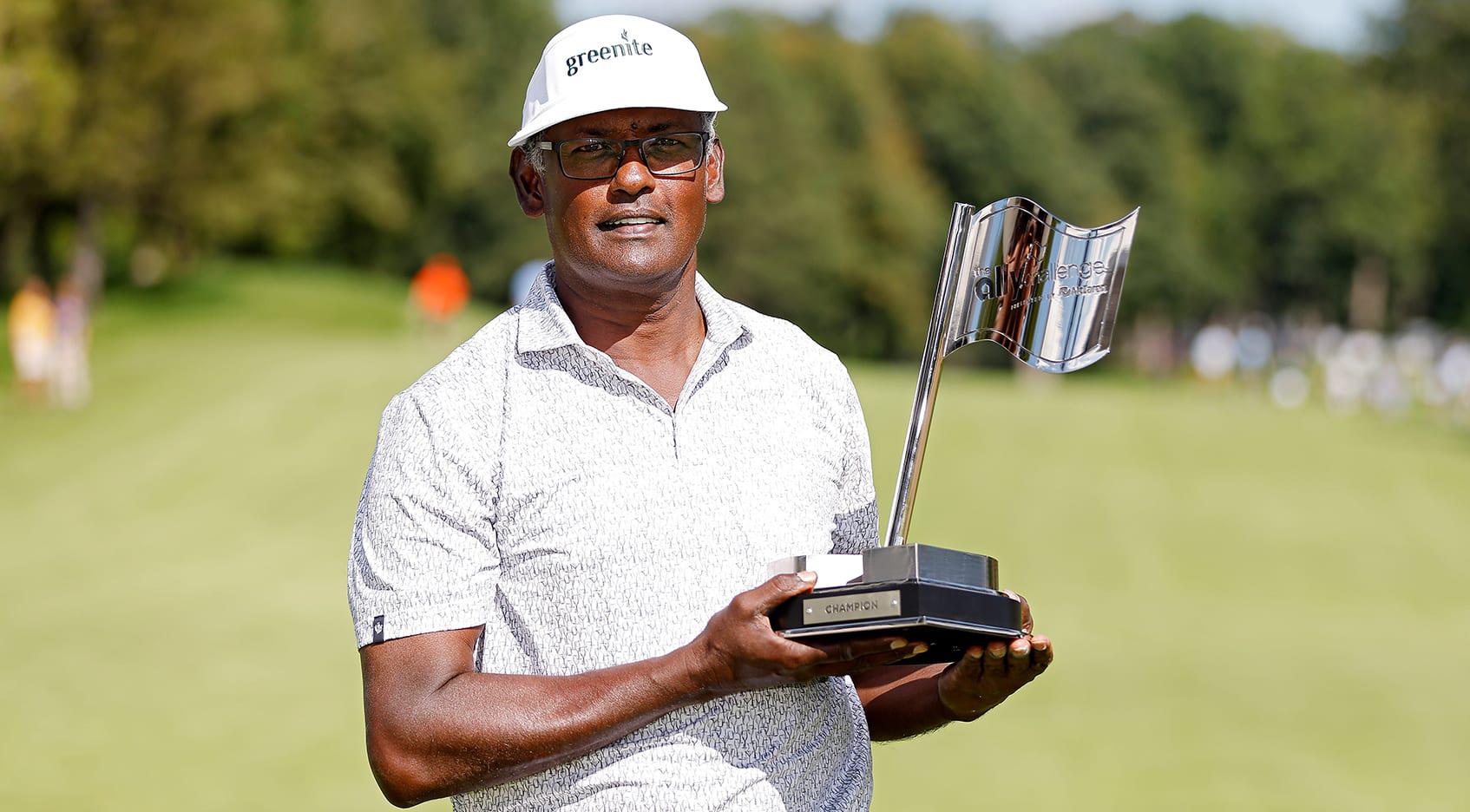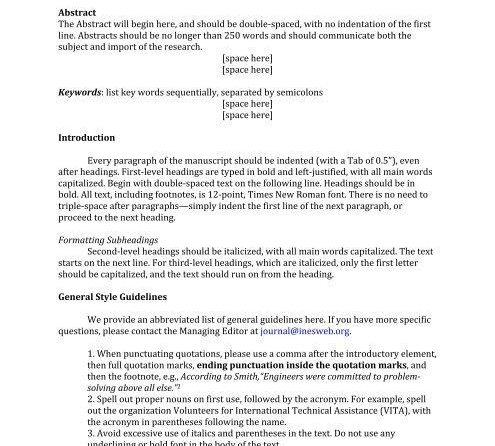Vijay Singh is a Fijian professional golfer who has been ranked number one in the world and has won three major championships. He is known for his powerful swing and his ability to hit the ball long and straight. In this article, we will examine the biomechanical determinants of Singh’s golf swing and discuss the instructional approach that he has used to develop his swing. We will show how Singh’s swing can be used as a model for golfers of all levels who are looking to improve their ball-striking.
Biomechanical Determinants of Vijay Singhs Golf Swing
Biomechanical Determinants of Vijay Singh’s Golf Swing
Vijay Singh’s distinct yet efficient golf swing is a testament to the intricate interplay of biomechanics. Numerous factors influence the dynamics of his swing, including:
- Body Alignment: Singh establishes a solid foundation with an athletic stance, optimizing hip angle, knee flexion, and spine position. His head remains centered, providing stability for an accurate strike.
- Range of Motion: Singh possesses exceptional flexibility in his hips, shoulders, and wrists. This allows him to generate power through a full turn and release without compromising form. His ample shoulder rotation creates a wide arc, maximizing club head speed.
- Sequencing and Timing: Singh’s swing is characterized by a smooth and synchronized chain of movements. He initiates the downswing with a subtle hip turn, followed by a controlled descent of the club to create optimal impact conditions. This precise timing allows him to consistently deliver long and accurate shots.
| Biomechanical Factor | Role in Singh’s Swing |
|—|—|
| Body Alignment | Establishes a stable platform for power and accuracy |
| Range of Motion | Generates power and club head speed through flexibility |
| Sequencing and Timing | Synchronizes movements for optimal impact conditions |
Instructional Approach Based on Singhs Biomechanics
Instructional Approach Based on Singh’s Biomechanics
Singh’s unique biomechanics present both opportunities and challenges for instructors. His long arms, short stature, and flexible spine allow for a wide range of motion, enabling him to generate significant clubhead speed and distance. However, these same physical characteristics also present challenges, as they can lead to compensations that disrupt swing rhythm and stability.
Developing a Stable Base: Given Singh’s shorter stature, instructors must prioritize developing a stable base to ensure optimal balance and power generation. This involves strengthening the core, improving posture, and providing feedback on footwork and ground reaction forces.
Enhancing Segmental Sequencing: Singh’s flexible spine allows for exceptional body rotation, but this can also lead to excessive head movement and loss of timing. Instructors work to optimize segmental sequencing, ensuring a smooth transition between the backswing and downswing, promoting a powerful and consistent impact.
* Integrating Modern Technology: To enhance instructional effectiveness, many instructors utilize modern technology, such as motion capture systems and video analysis. These tools provide precise biomechanical feedback, allowing instructors to identify deviations from Singh’s ideal swing sequence and develop tailored drills to address specific areas of improvement.
Address and Setup Analysis in Singhs Swing
1. Stance:
- Narrow, with feet shoulder-width apart
- Open stance, with the left foot slightly forward and turned out
- Slight forward lean, with spine angle of approximately 45°
2. Grip:
- Strong, 10-finger grip, with hands overlapping
- Palms facing each other, with the right thumb positioned on top of the left
- Grip pressure: Firm, but not excessive
3. Alignment:
- Clubface aligned slightly right of target
- Feet aligned parallel to the target line
- Hips and shoulders slightly open, creating a “V” shape with the body
Dynamic Swing Analysis and Optimization
Advanced golf instruction demands a comprehensive understanding of the biomechanical determinants that govern the golf swing. Vijay Singh, a multiple major championship winner, employs a unique instructional approach that focuses on identifying and optimizing these determinants. This approach includes:
- Kinematic analysis: Using advanced video and motion capture technology, Singh’s team evaluates the golfer’s swing in great detail to identify key kinematic patterns, such as hip rotation, shoulder turn, and clubface angle.
- Kinetic analysis: By measuring the forces and torques involved in the swing, Singh’s team can determine the golfer’s power output, efficiency, and potential for improvement.
- Biomechanical modeling: Sophisticated biomechanical models are used to simulate the golfer’s swing and predict the effects of different changes to their technique. This allows Singh to provide highly personalized instruction tailored to each golfer’s individual needs.
By combining these advanced analytical techniques, Singh creates a comprehensive biomechanical assessment that identifies the primary factors limiting the golfer’s swing performance. From there, he develops a personalized instructional program that focuses on optimizing these determinants, resulting in improved swing efficiency, power, and ultimately, lower scores.
Impact and Follow-Through Techniques
The impact and follow-through phases of the golf swing are crucial determinants of the ball’s trajectory and distance. Singh emphasizes the importance of maintaining a balanced and stable position through impact, preventing any excessive weight shift or lateral movement. He focuses on driving the ball with an “inside-out” path, where the club head travels in a clockwise direction for right-handed golfers. This allows for increased club head speed and distance while promoting a straighter ball flight.
To achieve optimal follow-through, Singh advises golfers to rotate their hips through impact and extend their arms fully, ensuring that the club head continues to accelerate through the ball. Additionally, he emphasizes the importance of keeping the wrist straight and releasing the club at the appropriate moment to maximize club head speed and accuracy. By maintaining a firm grip and a focused gaze on the target, golfers can enhance their , leading to improved ball striking.
Impact Techniques:
- Maintain balanced and stable position: Avoid excessive weight shift or lateral movement to ensure solid contact.
- Inside-out path: Drive the ball on an inside-out path to promote club head speed and distance while maintaining accuracy.
- Rotation and extension: Rotate the hips through impact and extend the arms fully to accelerate the club head.
Follow-Through Techniques:
- Wrist position: Keep the wrist straight and release the club at the appropriate moment to maximize club head speed.
- Arm extension: Continue extending the arms fully through the follow-through to enhance acceleration.
- Focus and grip: Maintain a firm grip and focus the gaze on the target for precise ball striking.
Outro
Vijay Singh’s golf lesson underscores the significance of analyzing biomechanical determinants to optimize swing performance. His instructional approach aligns with the latest research, emphasizing balance, sequencing, and coordination. By focusing on these key factors, golfers can enhance their swing mechanics and achieve improved ball flight and accuracy. Singh’s lesson serves as a valuable guide for coaches and students seeking to optimize their golf techniques and attain golfing excellence.





